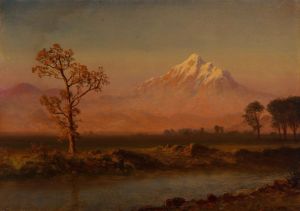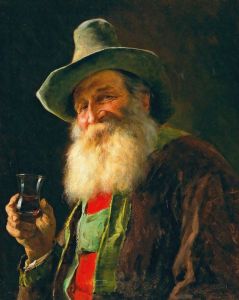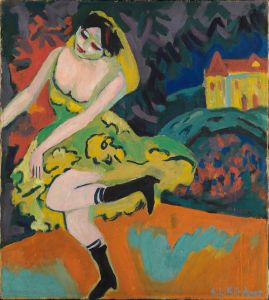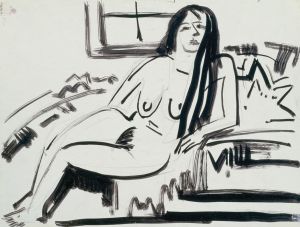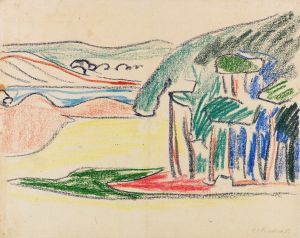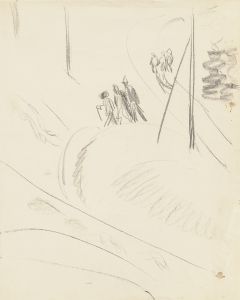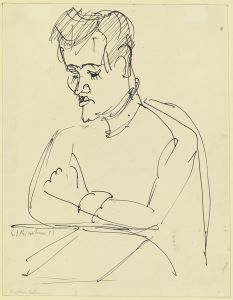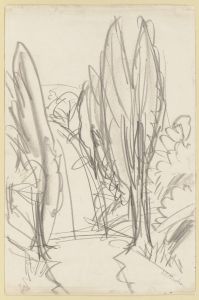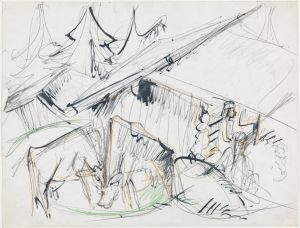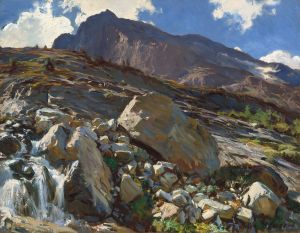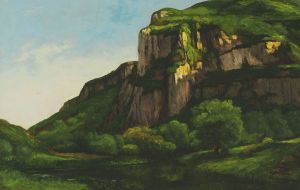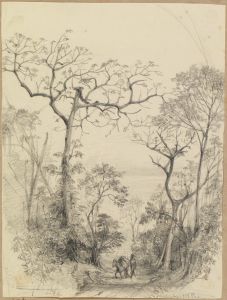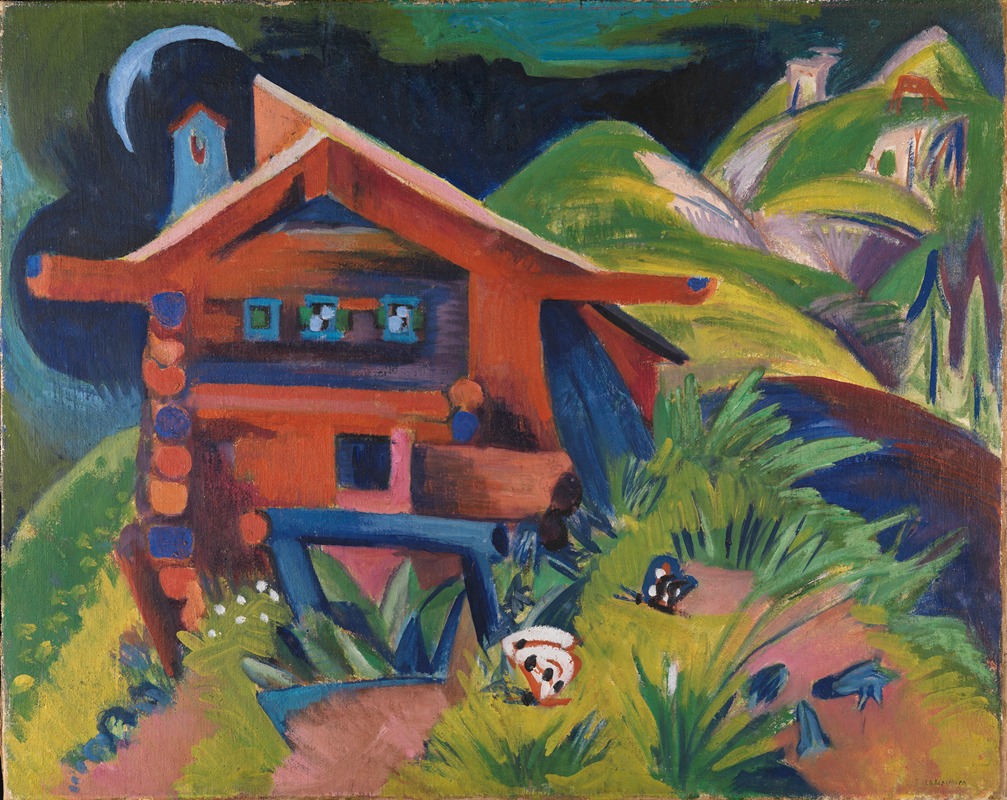
Alphütte
A hand-painted replica of Ernst Ludwig Kirchner’s masterpiece Alphütte, meticulously crafted by professional artists to capture the true essence of the original. Each piece is created with museum-quality canvas and rare mineral pigments, carefully painted by experienced artists with delicate brushstrokes and rich, layered colors to perfectly recreate the texture of the original artwork. Unlike machine-printed reproductions, this hand-painted version brings the painting to life, infused with the artist’s emotions and skill in every stroke. Whether for personal collection or home decoration, it instantly elevates the artistic atmosphere of any space.
Ernst Ludwig Kirchner was a prominent German expressionist painter and one of the founding members of the artist group Die Brücke (The Bridge), which played a pivotal role in the development of modern art in the early 20th century. Kirchner's work is characterized by its bold use of color, dynamic compositions, and expressive forms, often reflecting the anxieties and tensions of the modern world.
"Alphütte" is one of Kirchner's notable works, created during a period when he was deeply influenced by the landscapes and rural life of Switzerland. After serving in World War I, Kirchner moved to Switzerland in 1917, seeking solace and recovery from the psychological and physical traumas he had endured. The Swiss Alps and the rural settings provided him with a new source of inspiration, leading to a series of works that depicted the serene yet rugged beauty of the alpine environment.
The painting "Alphütte" captures a traditional Swiss alpine hut, a subject that resonated with Kirchner's interest in the simplicity and authenticity of rural life. The work is marked by Kirchner's distinctive style, featuring vibrant colors and bold, angular forms that convey a sense of movement and energy. The composition reflects Kirchner's expressionist approach, where emotional experience is prioritized over realistic representation.
In "Alphütte," Kirchner employs a palette of vivid colors, using contrasting hues to create a dynamic interplay between the natural landscape and the man-made structure of the hut. The brushwork is vigorous and expressive, a hallmark of Kirchner's technique, which seeks to evoke the emotional resonance of the scene rather than a detailed depiction. The painting exemplifies Kirchner's ability to transform a simple rural motif into a powerful expression of mood and atmosphere.
Kirchner's time in Switzerland marked a significant phase in his artistic career, as he continued to explore themes of nature, isolation, and the human condition. The alpine landscapes offered him a refuge from the chaos of urban life and the aftermath of war, allowing him to reconnect with nature and his own creative impulses. "Alphütte" is a testament to this period of renewal and introspection, reflecting Kirchner's ongoing quest to capture the essence of his surroundings through his unique artistic vision.
Throughout his career, Kirchner's work was both celebrated and controversial, often challenging conventional artistic norms and pushing the boundaries of expression. His contributions to the expressionist movement have left a lasting impact on the art world, influencing generations of artists who followed. "Alphütte" remains an important piece within Kirchner's oeuvre, illustrating his mastery of color, form, and emotional depth.
Today, Kirchner's works, including "Alphütte," are held in high esteem and can be found in major art collections and museums around the world. They continue to be studied and appreciated for their innovative approach and profound emotional resonance, offering insight into the mind of one of the 20th century's most influential artists.







